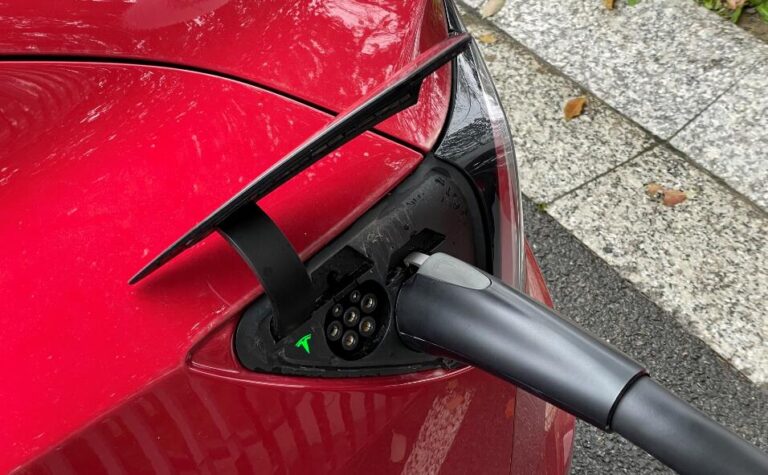The Covid-19 outbreak has added to the woes of an already declining Chinese auto industry in 2020. The industry is in significantly better shape heading into 2021.
China's auto sales are expected to grow this year, reversing three consecutive years of decline, Zhu Xiaoliang, an official with the Ministry of Commerce, said at a news conference Thursday.
The auto industry is an important pillar of China's national economy, and in recent years, the share of retail sales of automobiles in total retail sales of consumer goods has been around 1/10.
With the implementation of various supportive measures, China's auto market has generally maintained an upward trend, with all major indicators in the first half of the year exceeding the levels before the Covid-19 outbreak, Zhu said.
China achieved fast growth in new vehicle sales, with nearly 12.9 million new vehicles sold in the first half of the year, up 25.6 percent year-over-year and 4.4 percent more than the same period in 2019, Zhu said.
The country sold 1.2 million new energy vehicles in the first half of the year, up twice as much year-over-year and close to full-year 2019 sales, already accounting for more than 9 percent of new vehicle sales. A total of 256,000 new energy vehicles were sold in June, a record for a single month, he mentioned.
Used car transactions exceeded 8.4 million units, and recycling of end-of-life motor vehicles reached 1.305 million units, up 52.9 percent and 41.3 percent year-over-year, respectively.
Looking ahead to the second half of the year, as China's economy continues to recover and policy measures to promote consumption gain momentum, it will provide strong support for the development of the auto market, he said.
However, Zhu also pointed out that factors such as chip supply shortages and rising raw material prices will have an impact on the auto market.
By the end of June this year, China's car ownership had reached 292 million units, with more than 200 cars per 1,000 people.
(Photo source: Unsplash)


